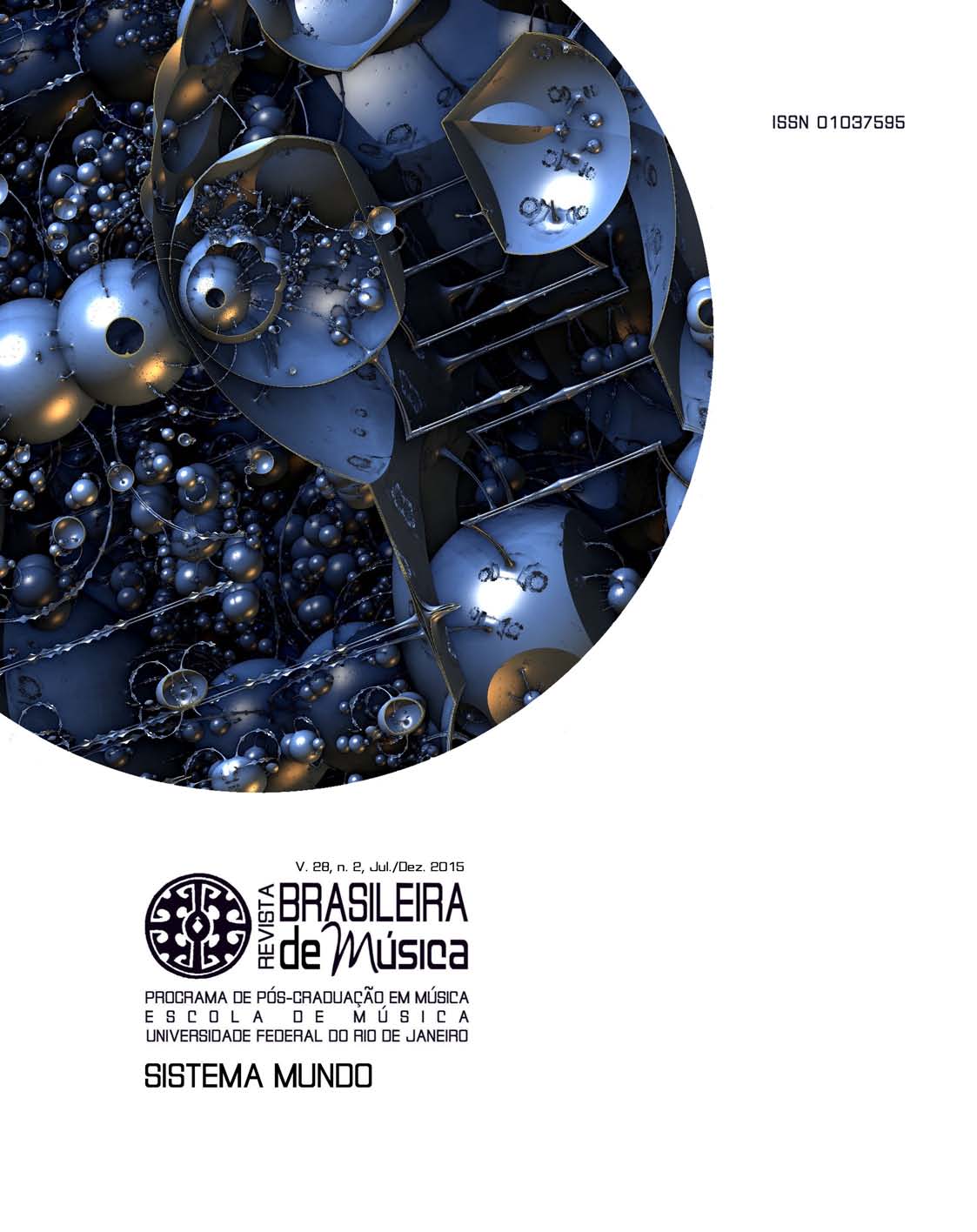“Ad dissonantiam per consonantiam”: the scope and limits of Darius Milhaud´s system of “Polytonalité harmonique”: the immanent and poietic levels (Part 1)

Resumo
A frequent feature in early twentieth-century music, which gained enormous impulse from Stravinsky´s introduction of complex polyharmonies in the Rite of Spring, has been the utilization of “dissonant” harmonic aggregates, presenting the peculiarity of being decomposable into traditional consonant units, such as perfect triads and “dominant 7th” chords. In a 1923 text, Darius Milhaud attempted to provide both a rationale and a taxonomy for these “new chords” through a system of “harmonic polytonality”. It will be argued along this paper that Milhaud´s approach would be particularly enriched if seen, on the one hand, as a method for generating a particular “family” of unordered pitch-class sets, which are found not only in Stravinsky´s fase russe works but also among as different composers as Ravel, Ives, Villa-Lobos Britten or Messiaen; and, on the other hand, in the perspective of Molino & Nattiez´s tripartition theory. The first part of this article discusses the “immanent” and “poietic” levels.Palavras-chave
Harmonic polytonality, polyharmony, set theory, tripartition, Carnatic modes, Darius Milhaud, Igor Stravinsky
Downloads
Não há dados estatísticos.